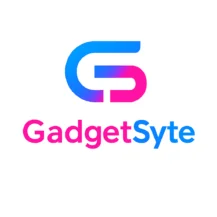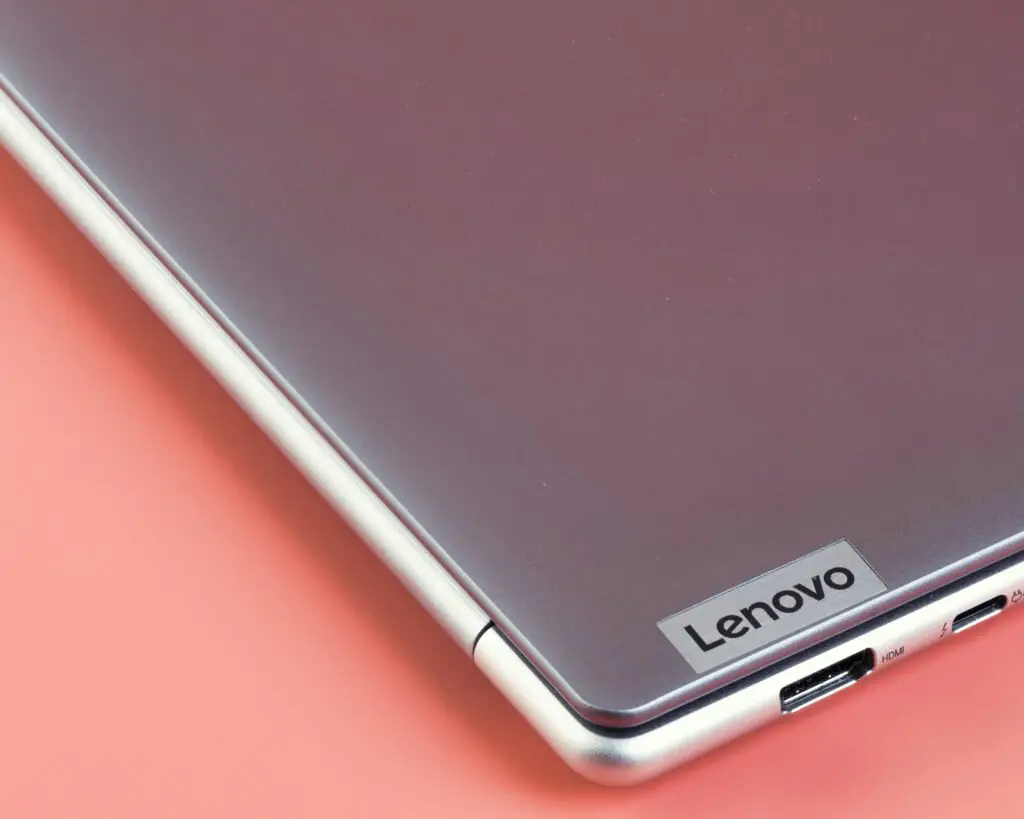In today’s fast-moving tech world, choosing the right laptop brand can make a big difference in your productivity, entertainment, and long-term satisfaction. Among the top players in the market, Lenovo has built a strong reputation for offering devices that blend performance, durability, and affordability. But before making a final decision, it’s important to understand the pros and cons of buying Lenovo in 2025—because what worked in past years might not hold up in today’s evolving digital landscape.
This year, Lenovo has introduced a powerful new lineup featuring AI-driven performance, advanced thermal management, and sustainable designs. Whether you’re considering the rugged ThinkPad, the sleek Yoga series, or the performance-focused Legion line, Lenovo offers something for nearly every type of user. Still, knowing the pros and cons of buying Lenovo in 2025 helps you weigh all the variables—like display quality, customer support, build reliability, and price—to make the best purchase.
In this blog post, we’ll break down the most up-to-date pros and cons of buying Lenovo in 2025, helping you figure out whether it’s the right laptop brand for your needs in this year’s competitive market. Let’s dive into what makes Lenovo worth considering—and where it might fall short.
Pros of Buying Lenovo in 2025
1. Diverse Product Range
One of the biggest pros of buying Lenovo in 2025 is the brand’s wide portfolio. From budget-friendly IdeaPads to powerful ThinkPads and Legion gaming machines, Lenovo caters to virtually every type of user.
- IdeaPad – Affordable, great for students and general use.
- ThinkPad – Known for durability, perfect for business and productivity.
- Legion – High-performance gaming and content creation.
- Yoga – Convertible 2-in-1s for creative professionals and flexibility seekers.
2. Excellent Build Quality
Another significant point when evaluating the pros and cons of buying Lenovo in 2025 is the build quality. ThinkPads, for example, are military-grade tested, while Yoga series devices feature premium aluminum chassis and smooth hinges. Even entry-level models exhibit decent structural integrity for the price.
3. Cutting-Edge Technology
In 2025, Lenovo laptops are equipped with the latest Intel 14th Gen and AMD Ryzen 8000 series processors, enhanced AI features, and faster LPDDR5X RAM. Lenovo is also pushing boundaries with their AI-tuned Legion Coldfront cooling system and OLED displays in premium models.
4. Battery Life Improvements
The latest Lenovo laptops boast all-day battery life, thanks to power-efficient chipsets and software-level optimizations. If battery longevity is important to you, this stands out among the pros of buying Lenovo in 2025.
5. Value for Money
When comparing competitors, Lenovo often undercuts premium brands like Dell and HP with similar specs. This pricing advantage, coupled with reliable performance, makes it a smart investment in most use cases.

Cons of Buying Lenovo in 2025
1. Software Bloat
One of the major cons of buying Lenovo in 2025 is the pre-installed software. Many users report performance slowdowns due to unnecessary apps like McAfee trials or Lenovo Vantage pop-ups. These can be uninstalled, but it’s still a hassle.
2. Display Quality Varies Widely
While high-end Lenovo laptops offer OLED and 2.8K displays, many budget models still feature 1080p TN or low-grade IPS panels. This inconsistency in display quality can be a drawback if you’re a creative professional or need color accuracy.
3. Customer Support Issues
Another point in the pros and cons of buying Lenovo in 2025 is customer service. Some users report slow response times or difficulties in resolving hardware issues. Lenovo has improved support in major regions, but inconsistencies persist globally.
4. Trackpad and Keyboard Variability
While the ThinkPad keyboard is often praised, some models, especially budget laptops, may suffer from spongy key travel or jittery trackpads. You might need to invest in external peripherals for better input experience.
5. Resale Value Not the Best
Lenovo laptops, especially non-ThinkPad models, don’t retain value as well as Apple MacBooks or even Dell XPS systems. If you’re planning to sell your laptop in a couple of years, this could be a downside.
Special Highlights for 2025 Models
To further understand the pros and cons of buying Lenovo in 2025, let’s take a closer look at some standout features in the newest lineup:
- AI Engine+ Optimization: Improves battery life and performance in real-time based on usage patterns.
- Smarter Security: Enhanced webcam privacy shutters, biometric login, and AI-powered threat detection.
- Sustainability: Lenovo is increasing its use of recycled materials in packaging and laptop chassis, supporting eco-conscious buyers.
Final Thoughts: Weighing the Pros and Cons of Buying Lenovo in 2025
After analyzing the pros and cons of buying Lenovo in 2025, it’s clear that Lenovo continues to be a strong contender in the laptop market. From durable business laptops like the ThinkPad to innovative 2-in-1 devices in the Yoga lineup and performance-driven Legion gaming machines, Lenovo offers a versatile range that caters to students, professionals, creators, and gamers alike.
On the pro side, Lenovo’s commitment to innovation, battery life, design flexibility, and affordability makes its devices attractive to a wide range of users. On the con side, potential downsides such as inconsistent customer support, pre-installed bloatware, and certain quality control issues in entry-level models could influence your decision depending on your specific needs.
Ultimately, understanding the pros and cons of buying Lenovo in 2025 empowers you to make an informed choice. If you’re looking for a laptop that balances functionality, price, and performance, Lenovo remains a solid option. Just be sure to pick the right series that aligns with how you work, study, or play.
For more tech reviews and laptop buying guides, visit GadgetSyte.com—your ultimate destination for tech insights in 2025.







